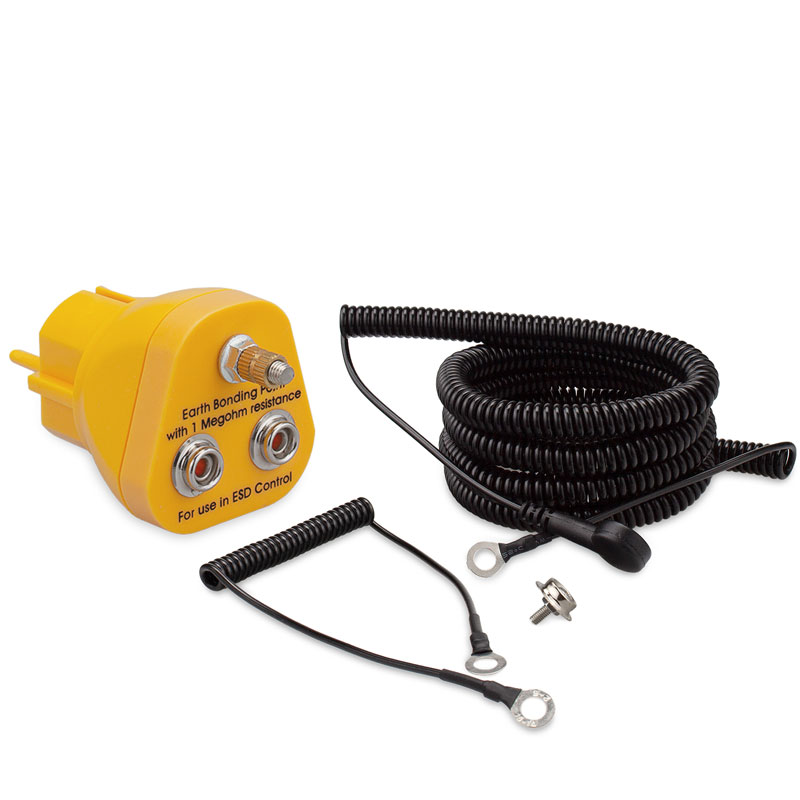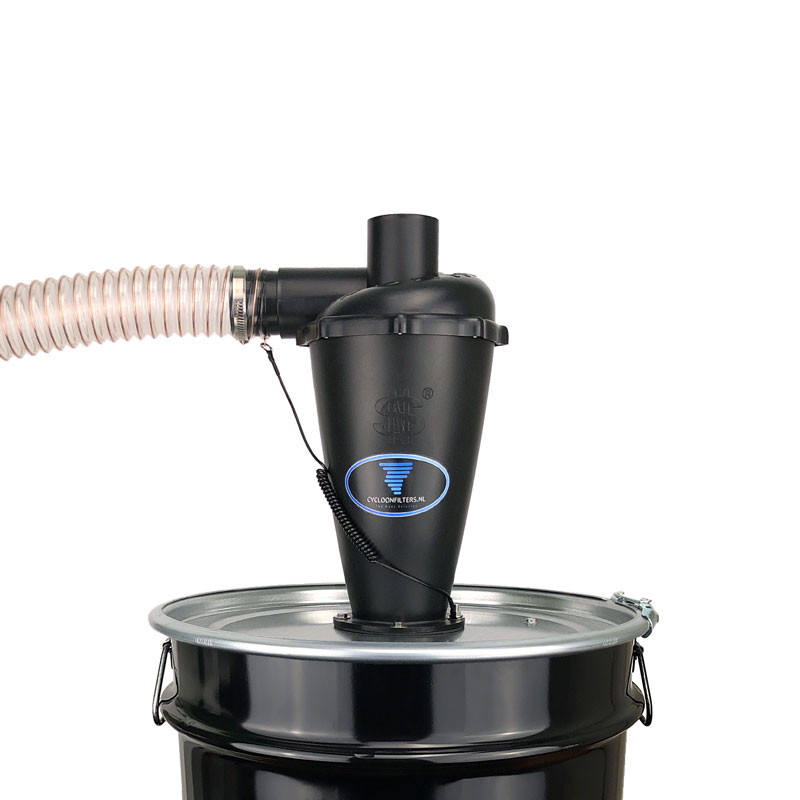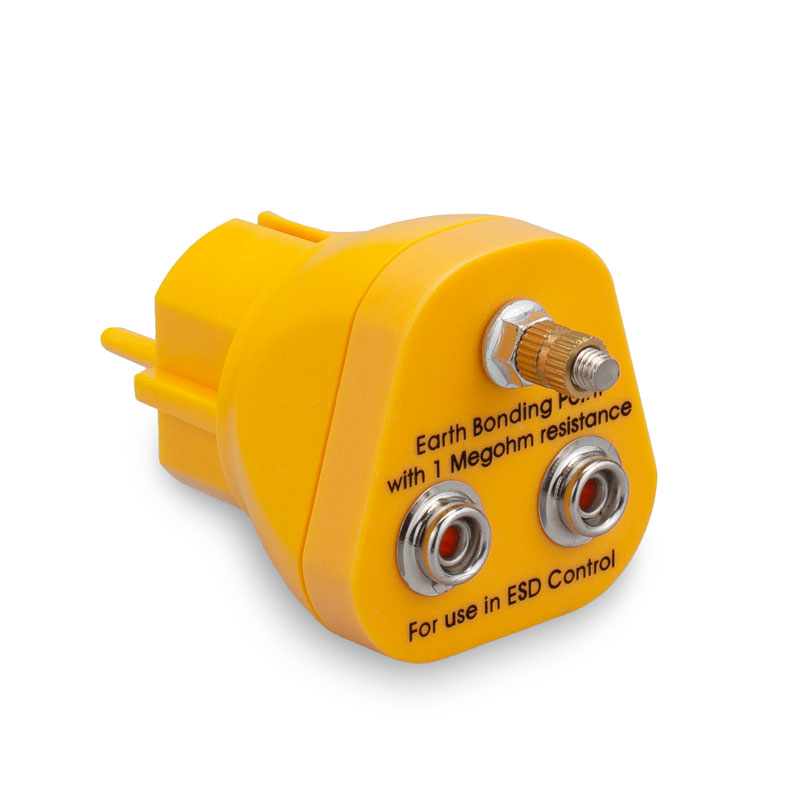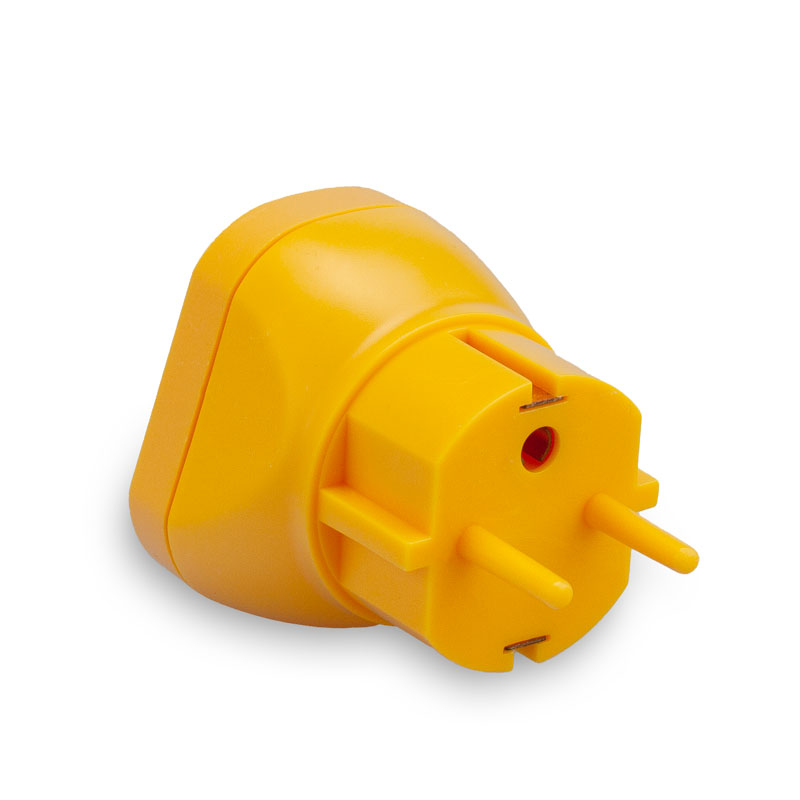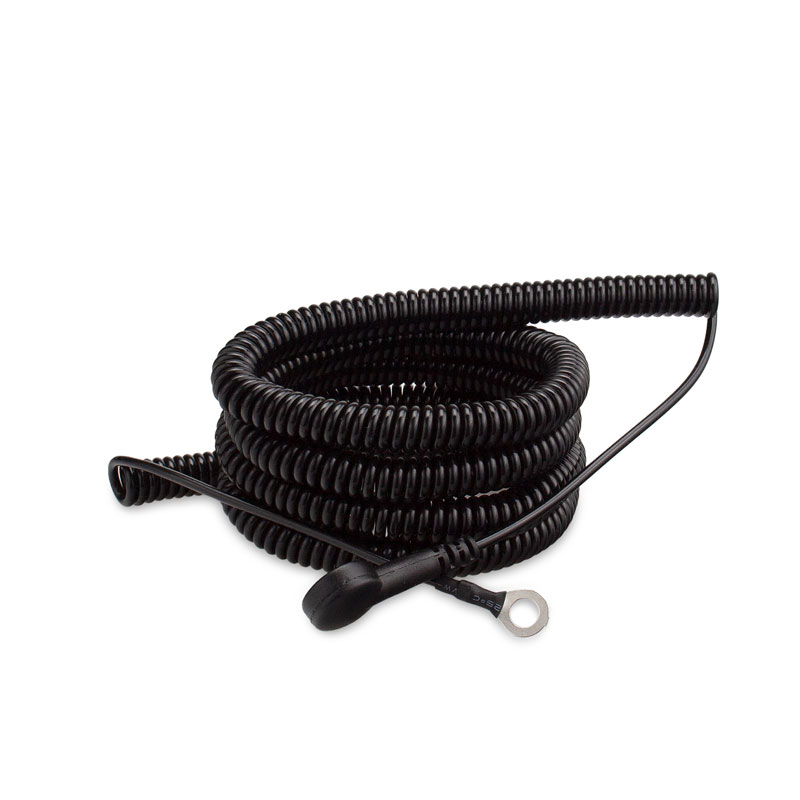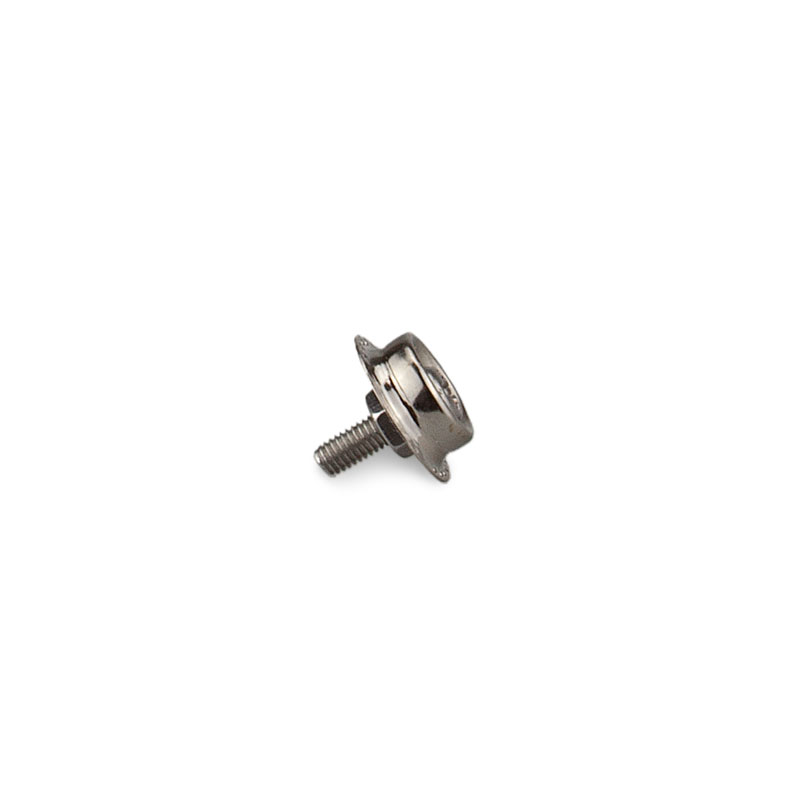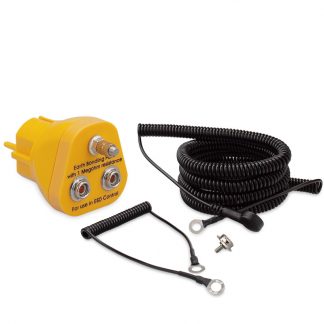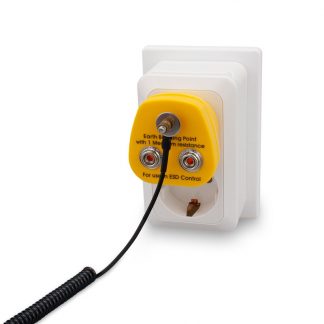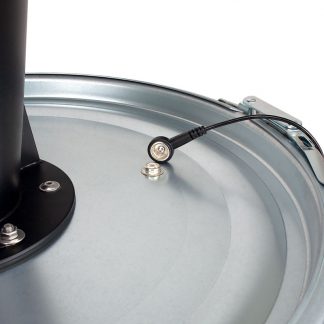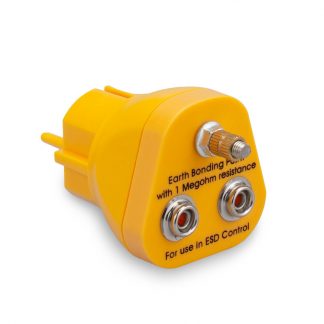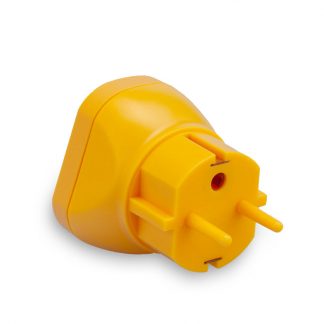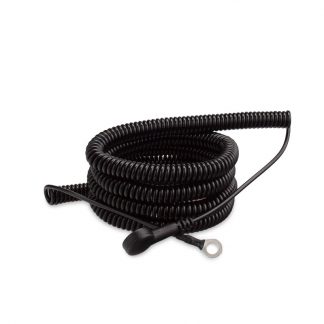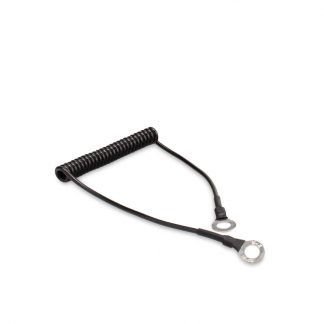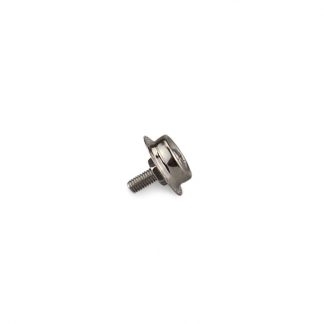General
Wherever dust is sucked up, there is a risk of generating static electricity. This is because the dust rubs against the walls of, for example, a vacuum hose. Due to this friction dust gets a different electrical charge than the surface it rubs against. All types of dust can generate static electricity. However, the degree to which static electricity is generated depends on the type of material that is being sucked up. For example, plastic chips generates more static electricity than wood chips. Nevertheless, any type of material can generate static electricity.
When a filter system is not grounded, generated static electricity has nowhere to go and will build up. If, for example, the hose or the dustbin is touched, it may happen that a small electric shock is felt. This is usually harmless, although it can feel unpleasant. Especially if it often happens because material is sucked up that quickly generates a static charge. However, if the built-up electrostatic charge is so high that a discharge takes place inside the dustbin, then the previously collected dry dust may catch fire. To reduce the risk of this, it is therefore recommended to ground filter systems.
Connection:
The antistatic kit comes with an ESD plug, a long ESD cable, a short ESD cable, and a ESD push button. The end of the long ESD cable is connected with the eye to the ESD plug. The other end of the cable clicks on the ESD push button that is mounted on the lid of the dustbin. This requires a 3mm hole in the lid to insert the bolt of the push button. The washer and locknut ensures a tight connection. The antistatic hose on the filter is then connected to the lid by means of the small ESD cable. If you are using a copper spiral hose, remove about 3cm of the insulation on the copper coil and bend the coil into a ring. Then attach one end of the short ESD cable with the copper spiral and the other eye of the short ESD cable with one of the bolts of the filter (see photos). If you are using a metal filter that has a coating on the outside, a little coating should be removed where the short ESD cable is attached to the filter. Otherwise, the metal filter may not conduct.
If the dustbin needs to be emptied, the long ESD cable can easily be unclipped from the lid. This makes it easy to empty the filter system without loosening nuts and cables before moving the filter system.
Before using the system, measure the entire system to make sure that all parts have a conductive connection with each other and with the ESD plug. For proper operation of the antistatic kit, the ESD plug must be connected to an grounded outlet.
To be used with:
The antistatic kit can be used with several of our products. For example, with the metal filter with metal dustbin (eg. filter combination M-60M) as well as with the antistatic Superflex hose. The antistatic kit can also be used with filter systems with non antistatic filter. With the right hose (for example the antistatic Superflex hose), both the metal dustbin and the hose can be grounded; only the filter won’t be grounded.
Kit contents:
- ESD plug;
- ESD cable long (rest 1.2m | stretched 9m)
- ESD cable short (rest 20cm | stretched 80cm)
- ESD push button.
Details:
- With all our ESD cables, two lengths are displayed: the cable length at rest and the cable length when stretched. Other shops only indicate the stretched cable length, which means that those cables are often too short.
- If you are using a metal filter with a coating on the outside, a little bit of coating should be removed from the area where the short ESD cable is attached. Otherwise the filter may not conduct electricity.
- For proper operation of the antistatic kit, the ESD plug must be connected to an grounded outlet.
- Before using the system, measure the entire system to ensure that all parts have a conductive connection with each other and with the ESD plug.

